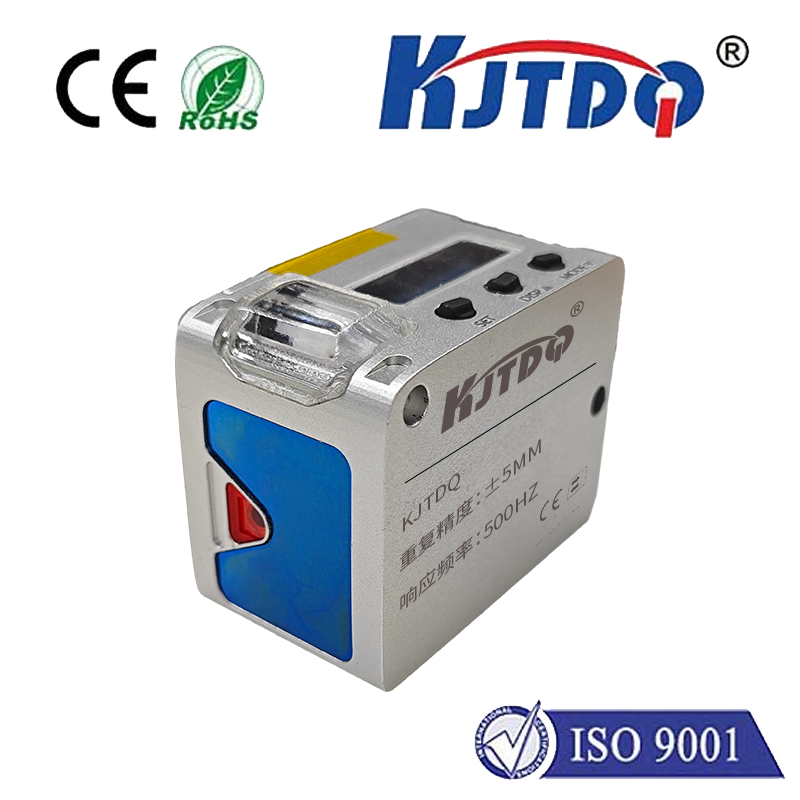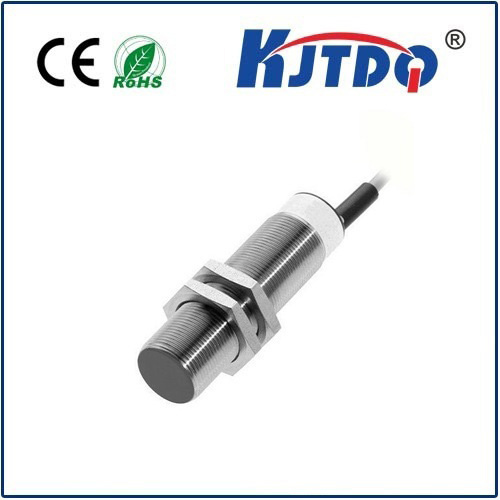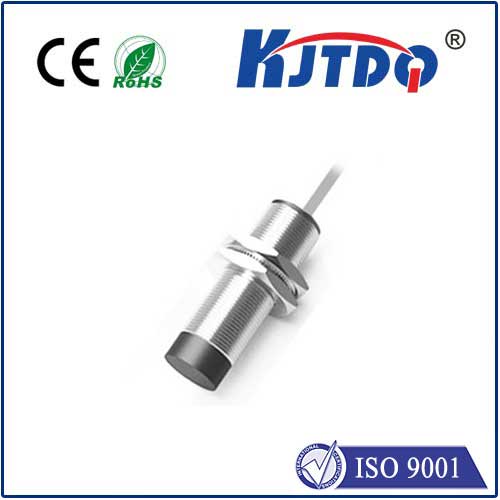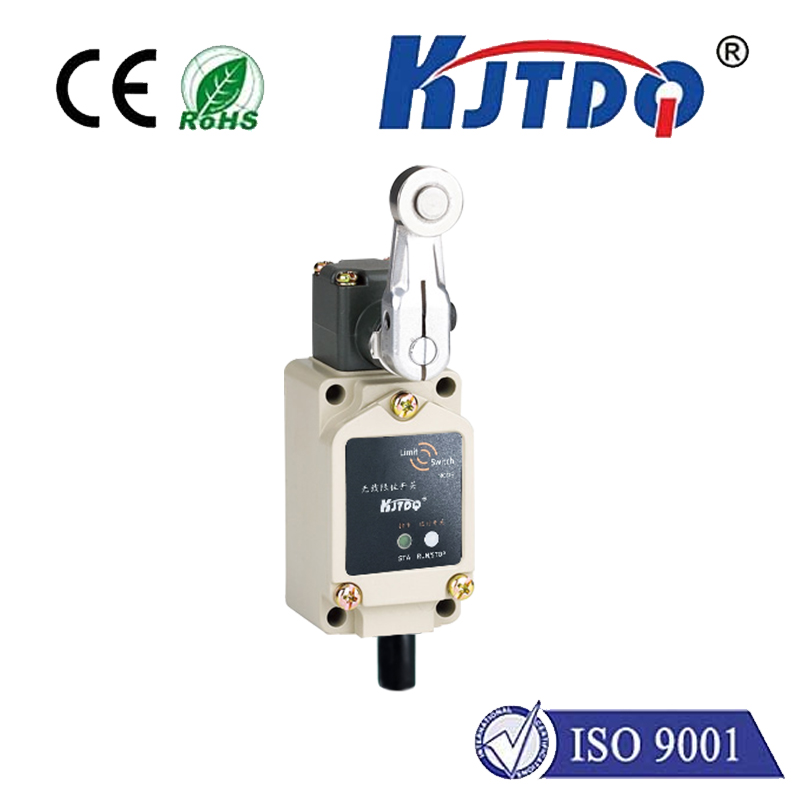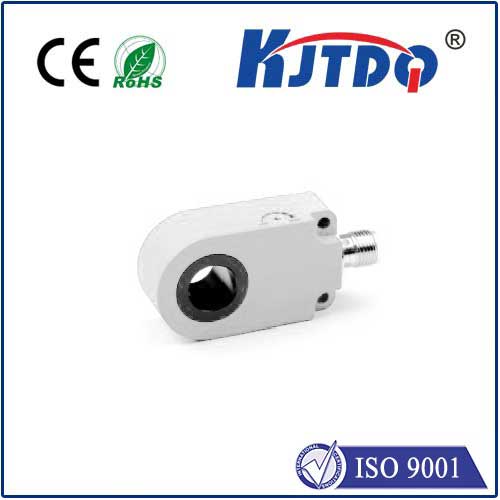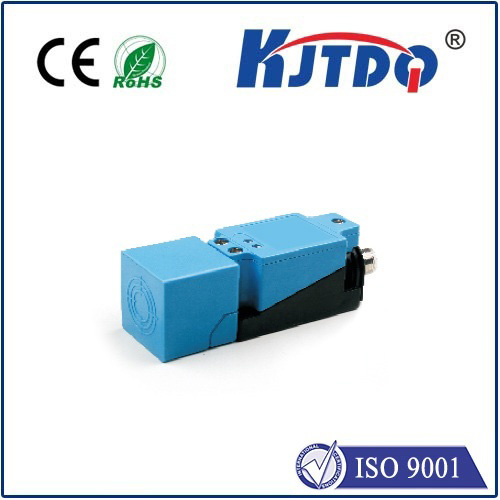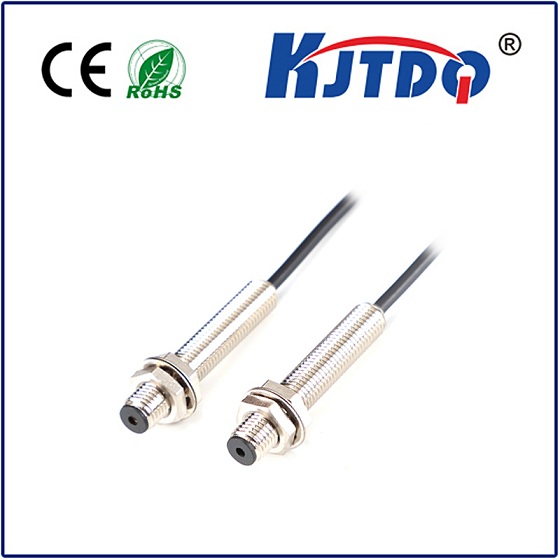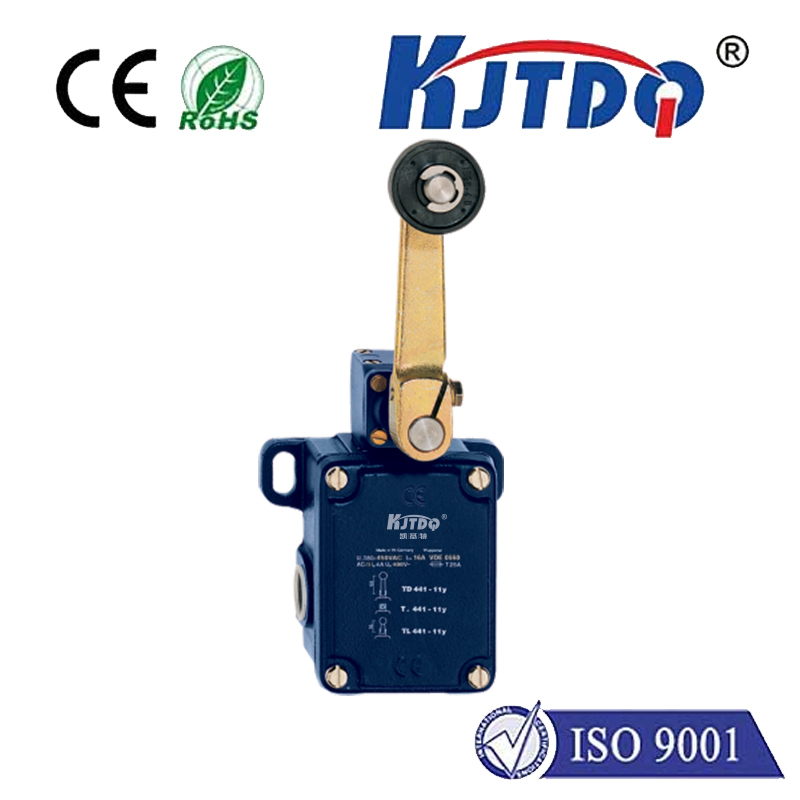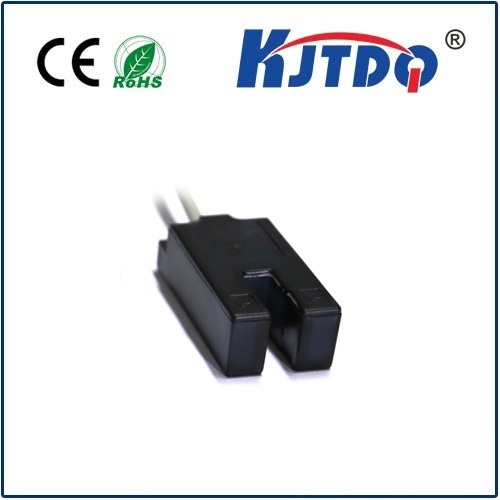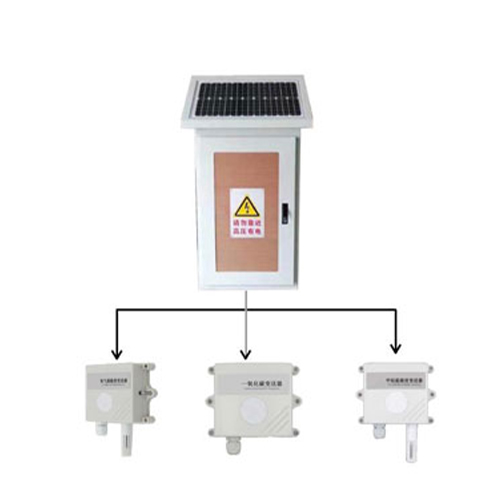5v proximity sensor
- time:2025-06-13 00:36:13
- Click:0
The Versatile World of 5V Proximity Sensors: Small Voltage, Big Impact
In the intricate dance of automation, machinery, and embedded electronics, sensing the unseen is paramount. Objects need to be detected without physical contact – for positioning, counting, safety, or control. Among the silent heroes enabling this are proximity sensors, and those operating specifically at 5V DC hold a special place due to their widespread compatibility and accessibility. Understanding the unique advantages and applications of 5V proximity sensors unlocks their potential for countless projects.
Why 5V? The Power of Compatibility
The prominence of 5V DC isn’t accidental. It stems directly from the dominance of TTL (Transistor-Transistor Logic) and the ubiquitous nature of microcontrollers like Arduino, Raspberry Pi (GPIO), ESP32, PIC, and AVR families. These brain units of countless electronic projects and industrial controllers typically operate their digital I/O pins at 5V logic levels.
- Seamless Integration: A 5V proximity sensor can connect directly to these microcontrollers or PLC digital inputs designed for 5V signals. This eliminates the need for complex voltage level shifting circuits or additional power regulation components, simplifying design, reducing cost, and minimizing potential points of failure.
- Low Power Consumption: Operating at a lower voltage generally translates to lower power consumption compared to higher-voltage counterparts like 24V industrial sensors. This is crucial for battery-powered applications, portable devices, or projects where energy efficiency is a priority.
- Standardization & Accessibility: The 5V standard is deeply ingrained in the hobbyist, educational, and prototyping ecosystems. Components, development boards, and power supplies for 5V systems are readily available and affordable, making 5V proximity sensors exceptionally accessible for experimentation and smaller-scale deployments.
How Does a 5V Proximity Sensor Work?
While voltage defines their power requirements and signal level, the detection principle defines what they sense. The two most common types of non-contact 5V proximity sensors are:

- Inductive Proximity Sensors: These detect metallic objects (primarily ferrous metals like iron and steel, though some detect non-ferrous metals). They contain an oscillator circuit generating a high-frequency electromagnetic field. When a metal object enters this field, it induces eddy currents within the object, causing a measurable change (damping effect) in the oscillator’s amplitude. This change triggers the sensor’s internal switch. Key Point: Inductive sensors are immune to dust, dirt, oil, and moisture (depending on IP rating), making them ideal for harsh industrial environments.
- Capacitive Proximity Sensors: These can detect a wide range of materials, including metals, plastics, wood, liquids, powders, and even the human body. They work by generating an electrostatic field. When any object with a different dielectric constant than air enters this field, it changes the capacitance of the sensing circuit. This change is detected and used to trigger the sensor’s output. Key Point: Capacitive sensors are perfect for detecting non-metallic objects or materials through thin non-metallic barriers (like glass or plastic containers).
The Output: Digital Switching
Regardless of the sensing principle, most 5V proximity sensors provide a digital output signal. This means they act like an electronic switch:
- Normally Open (NO) or Normally Closed (NC): Defines the output state when no target is present.
- Sinking (NPN) or Sourcing (PNP): This refers to the type of transistor switch used on the output. Matching the sensor’s output type (NPN/PNP) to the input requirements of your controller or PLC is absolutely critical for correct operation.
- Sinking (NPN): The output acts as a path to ground (0V) when active. Requires a sourcing input.
- Sourcing (PNP): The output provides a positive voltage (in this case, ~5V) when active. Requires a sinking input.
Key Advantages Driving Adoption
The 5V proximity sensor offers compelling benefits:
- Microcontroller Friendly: As emphasized, direct connection to Arduino, Raspberry Pi, and other common controllers is a massive advantage, accelerating development.
- Compact Size: Available in very small form factors (e.g., M5, M8, M12 cylinders), ideal for space-constrained designs.
- Energy Efficiency: Lower operating voltage naturally lends itself to reduced power draw.
- Cost-Effectiveness: Generally more affordable than higher-voltage industrial sensors, especially for prototypes and smaller batches.
- Simple Wiring: Typically require only 3 wires: V+ (5V), GND (0V), and Output Signal. Setup is straightforward.
- Fast Response: Capable of high switching speeds (kHz range), suitable for counting fast-moving objects.
Where Do 5V Proximity Sensors Shine? Applications Galore
The versatility of 5V proximity sensors makes them suitable for diverse fields:
- Robotics & Automation: Detecting end-of-arm tooling position, part presence in grippers, limit switches on axes, collision avoidance.
- DIY Electronics & Prototyping: Building interactive exhibits, security systems (door/window sensing), liquid level detection, object counters, model railroads.
- 3D Printers & CNC Machines: Precision end-stop detection, filament runout sensing, tool height setting.
- Consumer Electronics Integration: Adding non-contact sensing capabilities to custom devices.
- Simple Industrial Controls: Small machines, packaging equipment, conveyor part detection (where environmental conditions allow).
- Educational Projects: Learning about sensors, digital inputs, automation principles in a hands-on, accessible way.
Choosing the Right 5V Proximity Sensor: Key Considerations
Selecting the optimal sensor requires attention to detail:
- Sensing Principle: Inductive for metals, Capacitive for non-metals or liquids/powders through barriers.
- Sensing Range: The maximum distance at which the sensor can reliably detect the target material. Ensure the range meets your application needs without being overly sensitive to unintended objects.
- Output Type: NPN vs. PNP (Sinking vs. Sourcing). Mistakes here are common – double-check compatibility with your controller’s input circuit type!
- Output Configuration: Normally Open (NO) or Normally Closed (NC) – defines the logical state when inactive.
- Size & Form Factor: Cylindrical (M5, M8, M12 are common), rectangular, or block style? Must fit your mechanical design.
- Environmental Rating (IP Code): Consider dust, water spray, or washdown requirements. IP65/IP67 ratings offer good protection for many non-extreme environments.
- Material & Housing: Stainless steel housings offer superior durability and chemical resistance.
- Electrical Specifications: Confirm operating voltage range (e.g., 4.5V to 5.5V is common), current consumption, and switching speed if critical.
- Hysteresis: The difference between the switch-on and switch-off points. Sufficient hysteresis prevents output “chatter” when the target is near the detection limit.
Beyond the Basics: Reliability and Integration
For robust operation, consider:
- Shielding: Shielded sensors are less susceptible to interference from adjacent metal objects or other sensors.
- Flush Mounting vs. Non-Flush: Inductive






